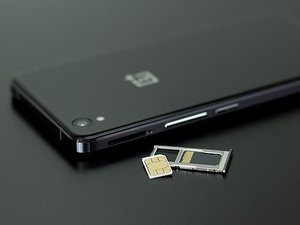 SIM cards have long been a source of frustration for equipment manufacturers. With the relentless drive to produce smaller and smaller devices, the SIM card is a hurdle to be overcome. It’s relatively large, and when you account for the necessary housing, it becomes quite the design challenge.
SIM cards have long been a source of frustration for equipment manufacturers. With the relentless drive to produce smaller and smaller devices, the SIM card is a hurdle to be overcome. It’s relatively large, and when you account for the necessary housing, it becomes quite the design challenge.
That challenge seems to have been met, however. ARM, a prominent chip design firm, has recently announced the development of the iSIM. The iSIM is built into the processor, and according to the company, only takes up a fraction of a millimeter squared. To put that figure into context, today’s SIM cards measure 12.3 x 8.8mm, so ARM’s new design represents significant space savings indeed.
There’s a catch, though. Although the new design is ready, and is already in the hands of ARM’s business partners for evaluation, there’s no guarantee that cell phone providers will accept the new technology and incorporate them into the next generation of phones.
ARM doesn’t think this will be an issue, although phones weren’t at the forefront of the company’s mind when they developed the iSIM. Their main goal was to build the integrated SIMs to help power the next generation of tiny IoT devices, but this, ARM contends, is the very reason why phone carriers will welcome the new technology with open arms. After all, more devices connected to their respective networks means more opportunities to profit.
In any case, time will tell the tale. ARM is expecting that their business partners will readily embrace the new technology, and we should begin seeing products on the market utilizing the iSIM by the end of this year. This will be a fascinating innovation to watch. If it succeeds the way ARM hopes,, it will lead to the creation of a whole new generation of even smaller devices.
President & CEO
I hope you enjoyed this article. My mission is to take your stress away from dealing with IT problems. Call (919) 800-0888 or send me a message at our contact us page if you have a question, comment or want help.


